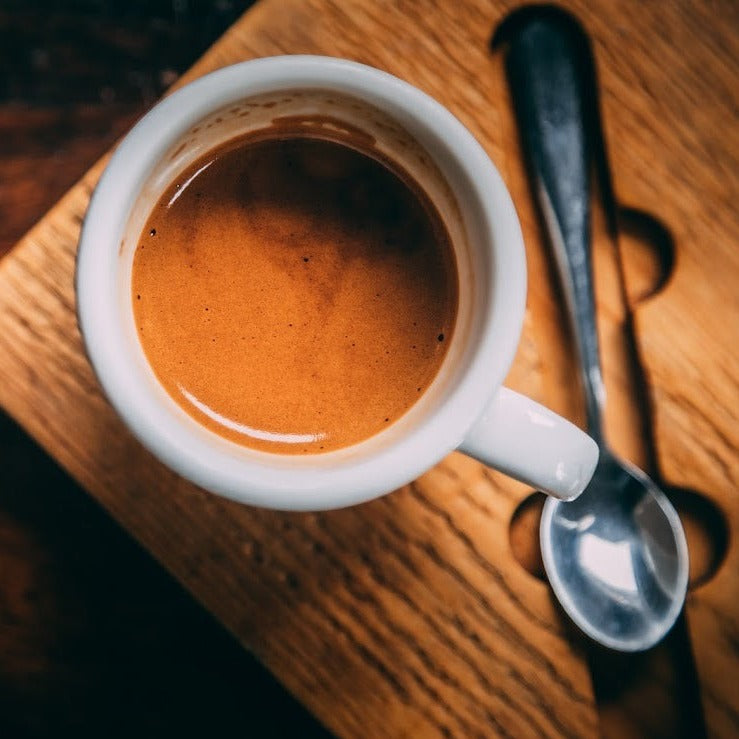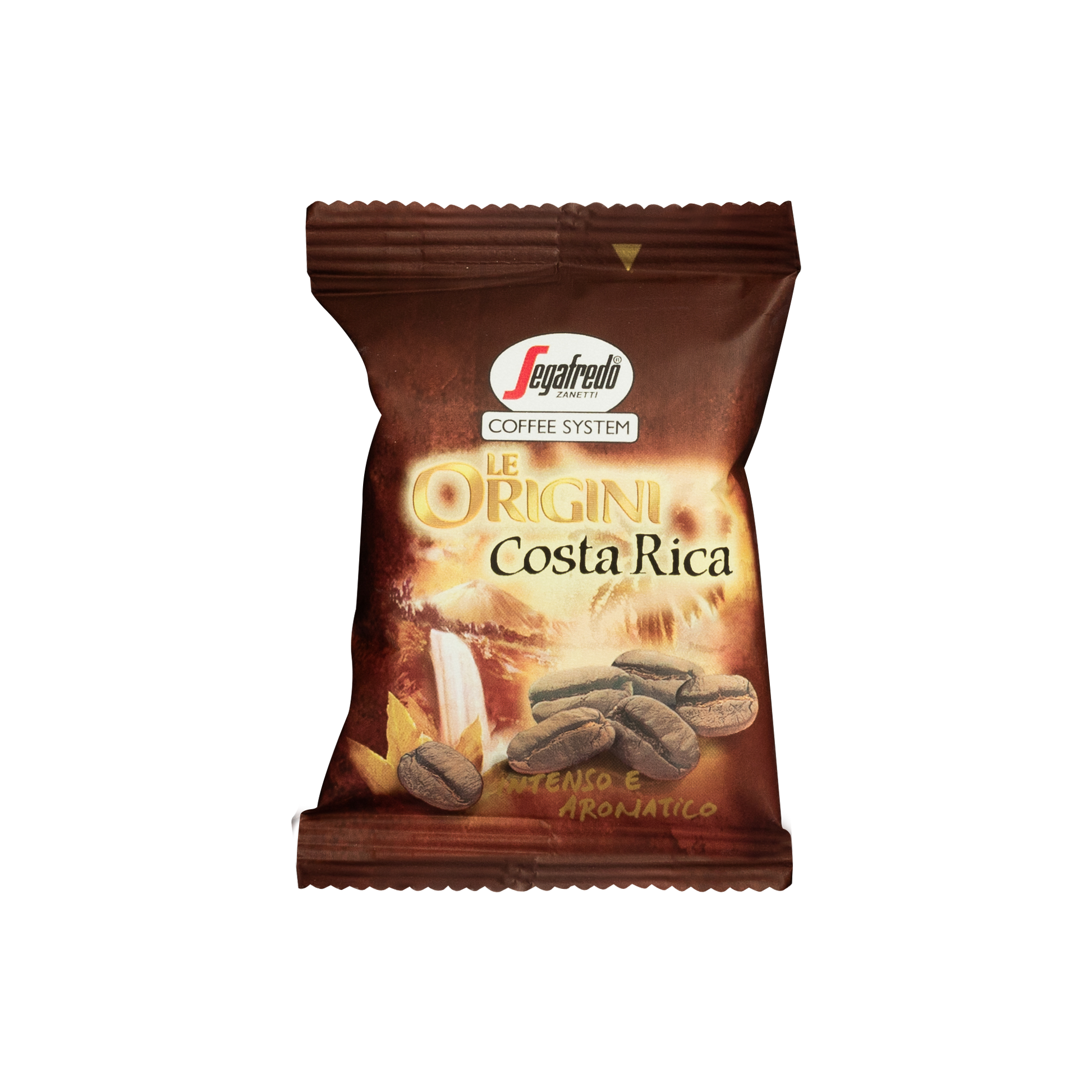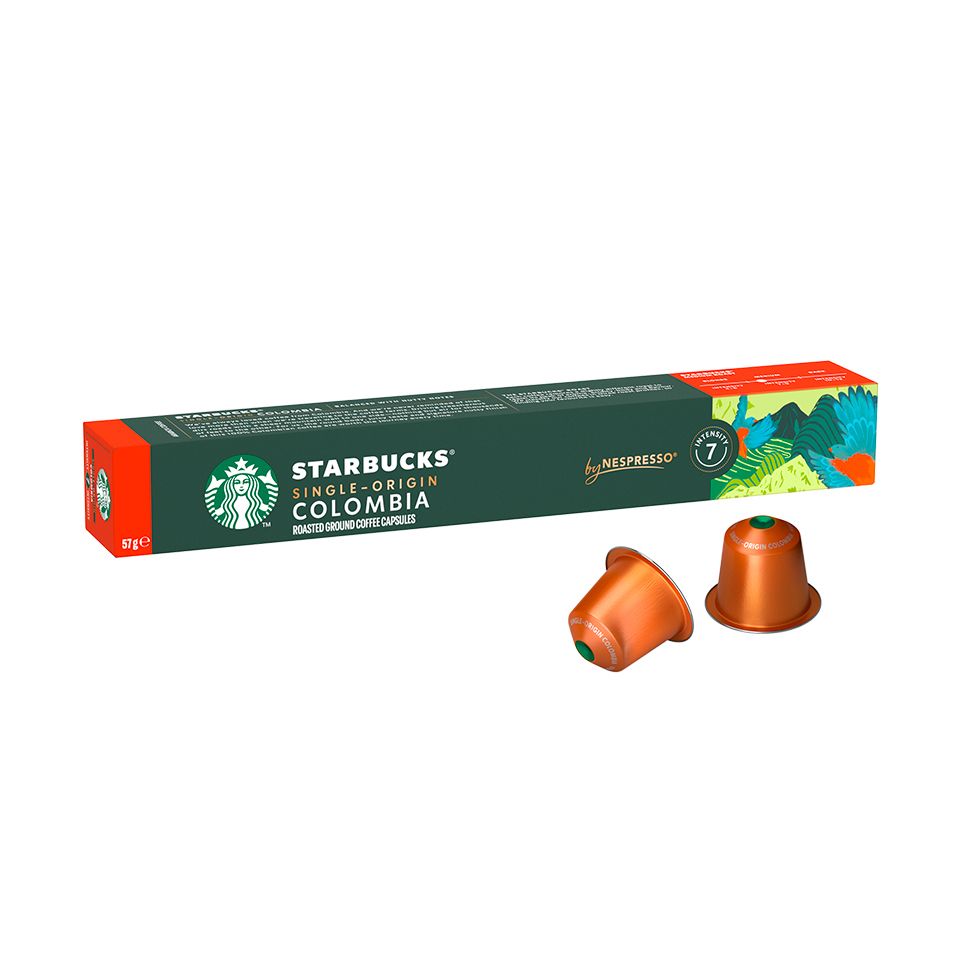SOE Single Origin Espresso – Celebrating Flavors from One Region
SOE Single Origin Espresso – Celebrating Flavors from One Region
Blog Article
Checking Out the Abundant Tastes of Coffee Beans: a Deep Dive Into Espresso and Blended Coffee Beans
When you explore the rich flavors of coffee beans, you uncover a complicated globe where each selection brings its own personality to your mug. As you browse via the art of coffee and the creative thinking behind blended coffees, you'll start to value the nuances that make each sip unique.
The Origins of Coffee Beans: Exploring Terroir and Taste Profiles
When you take a sip of coffee, you're not simply delighting in a beverage; you're experiencing an abundant tapestry of tastes shaped by the beans' origins. Each area creates unique flavor profiles affected by environment, elevation, and dirt. Beans from Ethiopia frequently burst with bright, fruity notes, while those from Colombia tend to use a balanced, nutty sweetness.
As you discover different origins, you'll discover just how terroir-- the environmental aspects affecting a crop-- plays an essential duty - Single Origin Espresso. The very same coffee variety can taste substantially various depending upon where it's grown
When you consider these aspects, you begin to appreciate the intricacy behind your mug. Each sip narrates of the land and the farmers who nurtured the beans. Following time you delight, assume about the journey your coffee took before it reached your hands, and relish those intricate tastes that show its beginning.
Understanding Espresso: The Art and Scientific Research Behind the Mixture
When you think of coffee, it's not almost the strong taste; it's likewise regarding the strategies that bring it to life. Comprehending exactly how different preparation approaches influence taste can change your developing experience. Allow's explore the complexities of coffee preparation and uncover the special taste accounts that make each mug unique.
Coffee Preparation Techniques
Espresso prep work is both an art and a scientific research, incorporating specific strategies with a deep understanding of coffee. To begin, you'll wish to choose premium, fresh roasted beans and grind them finely for excellent removal (Single Origin Espresso). The grind size is crucial; too rugged, and your coffee will certainly be weak, also fine, and it'll be bitter
Next, tamp the grounds evenly in the portafilter to ensure uniform removal. When you lock it right into the equipment, go for a developing temperature level in between 190 ° F and 205 °
F.As you pull the shot, look for the ideal removal time-- around 25-30 secs. The outcome must be an abundant, creamy espresso with a lovely layer of crema on top. With practice, you'll understand these strategies.
Taste Accounts Clarified
The world of espresso provides a rich tapestry of taste accounts that can raise your coffee experience. You'll notice a balance of acidity, anger, and sweet taste when you take that very first sip. Each coffee bean carries unique notes, from fruity and floral to nutty and chocolaty. Light roasts often showcase intense acidity and vibrant flavors, while dark roasts present deeper, bolder tones.
A well-crafted blend may balance the brilliant notes of an Ethiopian bean with the rich, chocolatey touches of a Brazilian bean. Accept the trip of discovering espresso's varied flavors, and you'll change your coffee ritual right into an exciting journey.
Handling Approaches: Exactly How They Impact Flavor and Scent
While it might seem that the origin of coffee beans is one of the most significant consider identifying their taste and fragrance, the handling techniques used post-harvest play an equally important function. You'll discover that these approaches can dramatically alter the final preference profile of your mug.
As an example, the washed process gets rid of the fruit from the beans prior to fermentation, frequently causing a cleaner, brighter taste. On the other hand, the all-natural procedure leaves the fruit undamaged throughout drying, leading to a sweeter, fruitier profile.
Other techniques, like honey handling, strike an equilibrium, permitting some fruit mucilage to continue to be, giving an unique intricacy.
Each handling technique communicates with the beans' integral features, boosting or muting details flavors and scents. When you sip that coffee or mixed coffee, keep in mind that the journey from cherry to cup is affected not simply by beginning but also by just how those beans were processed.
Toasting Techniques: Opening the Complete Potential of Coffee Beans
Roasting techniques are necessary for disclosing the full possibility of coffee beans, as they change raw, green beans right into the fragrant, flavorful coffee you appreciate. The selection of roasting method-- light, medium, or dark-- considerably influences taste profiles.
A slower roast at lower temperature levels enables for complex flavors to establish, while a quicker roast can heighten bitterness. By grasping these techniques, you'll expose a globe of taste, elevating your coffee experience to new elevations.
The Magic of Blended Coffee: Developing One-of-a-kind Taste Experiences
Creating an one-of-a-kind taste experience with blended coffee can transform your early morning ritual right into an expedition of preference. By combining various beans from numerous regions, you can disclose a symphony of flavors that elevate your cup to brand-new elevations. Each mix offers a distinctive account, balancing sweetness, acidity, and body to develop something truly special.
When you pick a blend, you're not just selecting a coffee; you're selecting a journey across diverse landscapes and societies. Exploring with different combinations allows you to discover your personal favorites, whether you appreciate fruity here are the findings notes or rich, chocolatey undertones.

Tasting Notes: Acknowledging the Nuances in Your Mug
As you drink your coffee, you could see a range of flavors dancing on your taste buds, each exposing the details of the beans. You may taste the intense level of acidity evocative citrus or the deep, abundant notes similar to dark chocolate. The sweetness can evoke honey or sugar, stabilizing the general account magnificently.
Take note of the body of the coffee-- does it really feel light and airy, or is it complete and luscious? The finish, also, provides hints; a sticking around aftertaste may mean nuttiness or floral undertones.

Do not fail to remember to discover the special qualities of different beginnings, as each region presents distinctive tastes - Single Origin Espresso. For example, Ethiopian coffees frequently present fruity notes, while Colombian beans may showcase a more spherical sweet taste. By useful content acknowledging these subtleties, you'll strengthen your gratitude for each cup, elevating your coffee experience to new elevations

Brewing Methods: Making Best Use Of Taste Removal for each Bean
When you check out the various brewing techniques, you'll uncover that each method can dramatically influence the flavor profile of your coffee. From French press to pour-over, each method extracts various substances, enhancing or muting specific notes. Using a French press allows oils to remain in the brew, producing a richer preference, while pour-over stresses clarity and illumination.
Temperature and grind size likewise play vital roles. A coarser work functions best for cold mixtures, while a great grind is excellent for coffee. Try out water temperature-- between 195 ° F and 205 ° F-- can expose concealed tastes, as well.
Do not forget steeping time; a fast removal can result in sour notes, while over-extraction may generate resentment. By changing these variables, you can maximize taste extraction and absolutely boost your coffee experience. Take pleasure in the journey of finding what approach best matches your taste buds!
Regularly Asked Concerns
What Is the Ideal Water Temperature Level for Developing Coffee?
The optimal water temperature level for developing coffee's in between 195 ° F and 205 ° F. If you use water that's too warm, you'll over-extract tastes; also cool, and you won't draw out sufficient. Purpose for that pleasant spot for the very best brew!
How Does Grind Dimension Impact Coffee Taste?
Work size substantially affects coffee taste. Better grinds essence a lot more oils and flavors, leading to a bolder taste, while coarser grinds yield a lighter taste. Adjusting grind size helps you achieve your desired coffee account.
Are There Health And Wellness Advantages Surrounding Alcohol Consumption Coffee?

What Is the Distinction In Between Arabica and Robusta Beans?
Arabica beans are smoother and sweeter, commonly featuring fruity tastes, while robusta beans are more powerful with a bitter preference and higher high levels of caffeine web content. You'll see these distinctions in fragrance and brewing experience.
How Can I Shop Coffee Beans for Freshness?
To keep coffee beans for quality, maintain them in a closed container, far from light, heat, and dampness. great site If you just grind what you require right prior to brewing., you'll maintain their taste longer.
Exploring the Abundant Tastes of Coffee Beans: a Deep Dive Into Espresso and Blended Coffee Beans.
When you check out the abundant flavors of coffee beans, you discover a complicated globe where each variety brings its very own character to your cup.When you take a sip of coffee, you're not just enjoying a drink; you're experiencing an abundant tapestry of tastes shaped by the beans' beginnings.Roasting methods are necessary for exposing the complete possibility of coffee beans, as they change raw, eco-friendly beans right into the fragrant, delicious coffee you delight in.As you drink your coffee, you could observe a range of flavors dancing on your taste buds, each disclosing the ins and outs of the beans.
Report this page